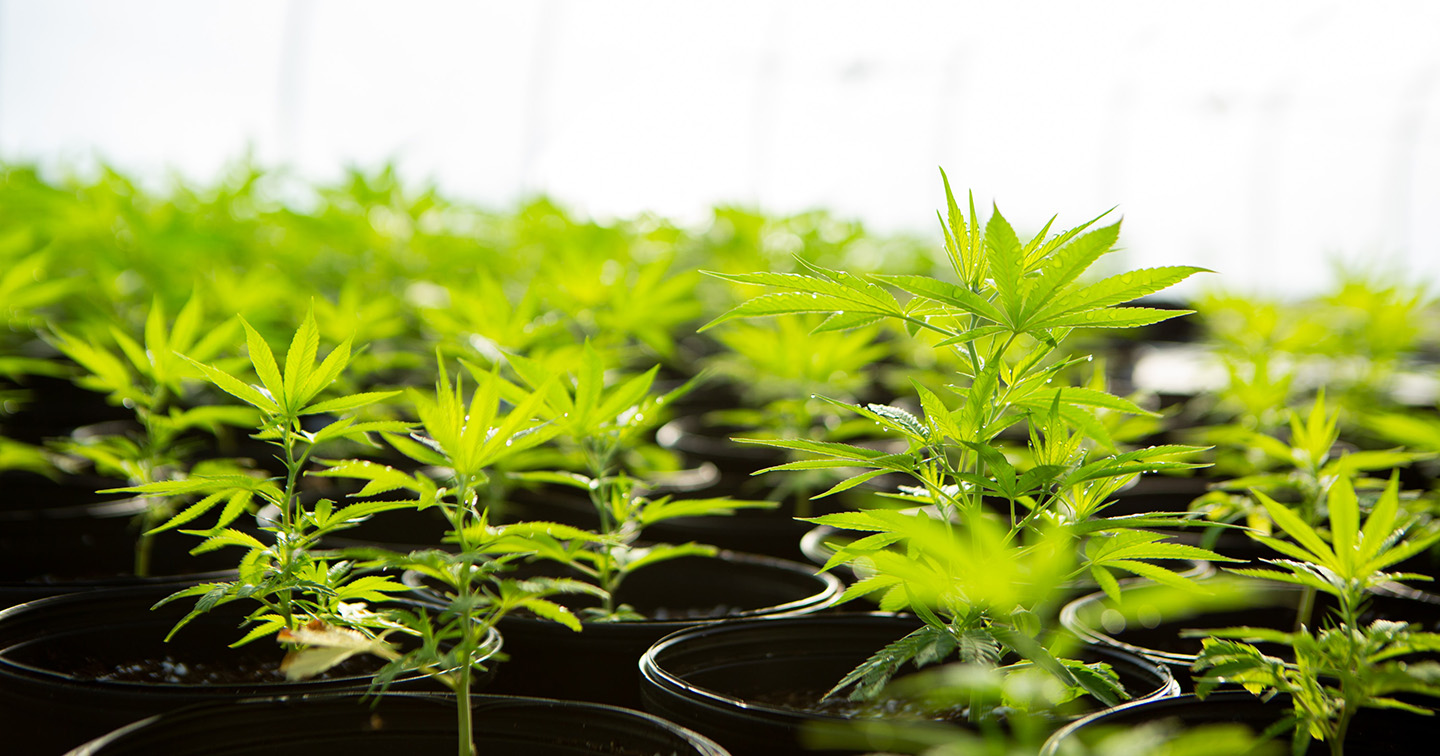
In a non-public letter sent earlier this week, the US Department of Health and Human Services (HHS) recommended to the US Drug Enforcement Administration (DEA) that marijuana be re-classified under the Controlled Substances Act (CSA) from Schedule I to Schedule III. The recommendation is a key first step to changing the legal status of marijuana since its original classification as Schedule I in 1971.
This announcement follows the Biden Administration’s October 2022 statement on marijuana reform which calls on HHS and DEA to reconsider marijuana scheduling. In that announcement, the White House stated, “Federal law currently classifies marijuana in Schedule I of the Controlled Substances Act, the classification meant for the most dangerous substances. This is the same schedule as for heroin and LSD, and even higher than the classification of fentanyl and methamphetamine – the drugs that are driving our overdose epidemic.”
As a result of that announcement, the Food and Drug Administration (FDA) – an agency within HHS – conducted a medical and scientific review of marijuana under what is known as the eight factor analysis. That analysis, among other things, considers a drug’s abuse liability, which includes its abuse potential (including its history of abuse), pharmacological effect, and overall risk to public health. FDA routinely conducts this type of analysis for drugs and makes a recommendation to DEA, the agency with authority under the CSA to classify drugs into give distinct categories or schedules depending on the drug’s acceptable medical use and the drug’s abuse or dependence potential.
As the DEA explains:
| Schedule | Definition | Examples |
| Schedule I | “no currently accepted medical use and a high potential for abuse” | Heroin, lysergic acid diethylamide (LSD), marijuana (cannabis), 3,4-methlenedioxymethsamphetamine (ecstasy), methaqualone, and peyote |
| Schedule II | “high potential for abuse, with use potentially leading to severe psychological or physical dependence” | Methamphetamine, oxycodone (OxyContin), fentanyl, Adderall, Ritalin |
| Schedule III | “a moderate to low potential for physical and psychological dependence” | Tylenol with codeine, ketamine, anabolic steroids, testosterone |
| Schedule IV | “a low potential for abuse and low risk of dependence” | Xanax, Darvon, Darvocet, Valium, Ativan, Talwin, Ambien, Tramadol |
| Schedule V | “lower potential for abuse than Schedule IV and consist of preparations containing limited quantities of certain narcotics” | Cough preparations with less than 200 mg of codeine or per 100 milliliters (Robitussin AC), Lomotil, Motofen, Lyrics, Parpectolin |
Moving marijuana from Schedule I to Schedule III would change the cannabis industry landscape in many key ways:
- Less restrictions on research. Currently, marijuana researchers are required to register with DEA to access the Schedule I substance, a process that is notoriously burdensome. These registration requirements would not apply to marijuana as a Schedule III substance and would pave the way for clinical studies to demonstrate the benefits of marijuana.
- Availability of tax deductions for cannabis business expenses and losses. Section 280E of the US Tax Code denies all credits and deductions, including ordinary business expenses, from gross income of businesses illegally trafficking in a Schedule I or Schedule II controlled substance. Section 280E would no longer apply to marijuana as a Schedule III substance, providing cannabis business with a key deduction availability—especially in light of relatively high effective tax rates cannabis companies are subject to by federal, state and local governments.
- Better chances of the Safe Banking Act becoming law. Attempts to pass the Safe Banking Act (which would explicitly open access to institutional banking and lending in cannabis) have failed several times in Congress. The rescheduling of marijuana from Schedule I to Schedule III may provide more hesitant lawmakers with more political cover to move the bill through.
- Some expanded availability of business with US financial institutions. Moving marijuana from Schedule I to Schedule III could lead to perceptions of decreased risk and entice financial institutions with more risk tolerance to engage with cannabis companies—resulting in increased access to lending and consumer financial services, including payment processing.
- Potential increased access to capital markets and institutional investment. It is possible that prominent national exchanges in the United States or Canada may change their policies to enable listing of companies engaged in the US cannabis business. Should such a change be made by prominent Canadian or United States national stock exchanges, that is likely to facilitate access to increased liquidity, capital raising opportunities and institutional capital that may not otherwise be available at the present time. Currently, the Canadian Securities Exchange is the destination for public trading of most US cannabis companies with publicly traded securities.
With HHS’s recommendation in hand, the issue is now under the DEA’s review. If DEA agrees with FDA’s analysis and conclusion, DEA will then then publish its proposal to reschedule marijuana and offer an opportunity for public comment before finalizing any rescheduling. It will be important for the cannabis industry, and other interested stakeholders, to weigh in on this issue since the outcome will have a substantial effect on cannabis use in the US.
To find more about this important development, please contact either of the authors or your usual DLA Piper attorney.









